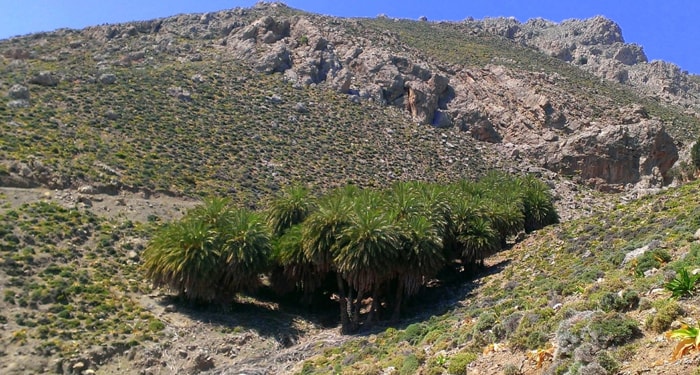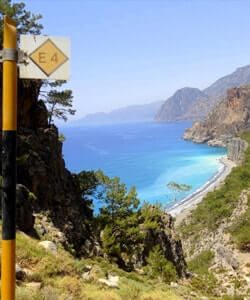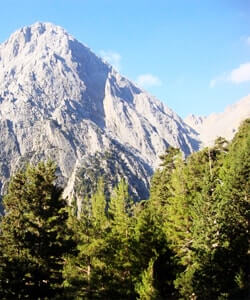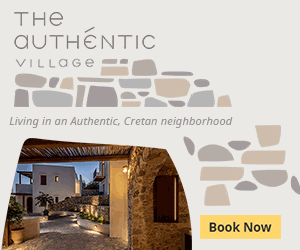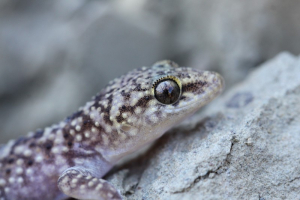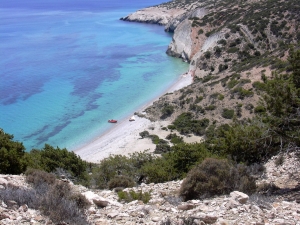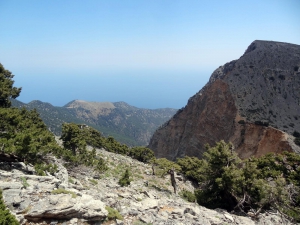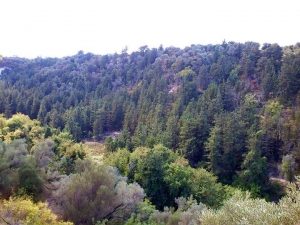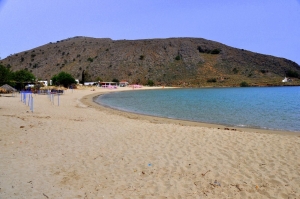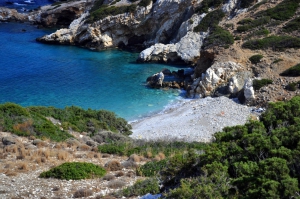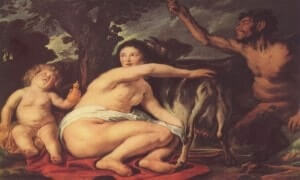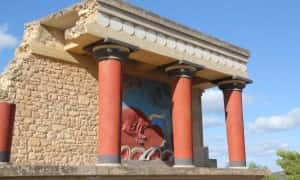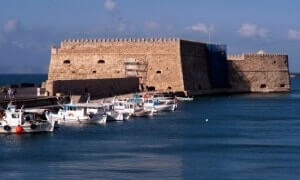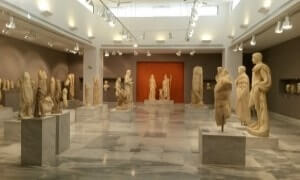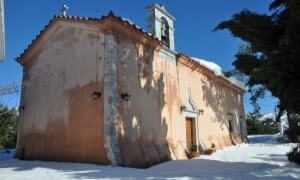The beach of Agia Kyriaki is located 88km south of Chania, 7km west of Paleochora and 0.5km west of the peninsula Grammeno. The beach is mainly known as Koundoura, because it is located at the Koundoura area. The climate in the region is very warm and is full of greenhouses.
Nothing is repeated in Crete. Enormous geological contradictions and special weather conditions have formed unique landscapes, surprising the visitors and keeping senses constantly alert.
Each route in Crete is unique. Variant sensations, pictures, colors, flavors, sounds accompany visitors at every step.
One can encounter emerald beaches, scrublands, sand dunes, rocky summits, steep slopes, alpine zones, verdant mountains, deep gorges, dry lands, gurgling rivers, scenic ponds, Mediterranean woods, wetlands, fertile meadows, vineyards and olive groves, while the same contrasts are met below sea surface.
Those contradictions favor the development of different ecosystems, significantly increasing the biodiversity of the island.
The Turkish gecko (scient. Hemidactylus turcicus) or Mediteranean house gecko is one of the most common reptiles in Crete, which is closely related to the Moorish gecko. Indeed, many people tend to confuse the two species that have similar characteristics but do not belong in the same species.
1km south of Korfos settlement, at Gavdos island, there is a very quiet beach with amazing bottom, Lakoudi, accessed only by walking from Korfos or by boat. Lakoudi is one of the nicest beaches on the island and surely deserves a visit.
Gorge Klados is one of the most dangerous and inaccessible gorges of Crete. The top (starting point) of the canyon is located at position Kokkinovari in a steep slope, 90-100 meters high. The very loose and steep terrain makes access impossible even with technical equipment.
Pervolia, Misiria and Platanias (or Platanes) are three consecutive suburbs of Rethymnon, located 3-5km west of the city, respectively. They were separate settlements, which have been incorporated into the urban fabric of Rethymnon, due to the residential development.
Margarites is a village, well known for its marvelous architecture and the traditional pottery. However, in the wider area of the villages of Margarites, Orthe and Eleftherna appear a series of small, parallel gorges. Small streams such as Margaritianos flow towards the north and are tributaries of the Geropotamos River. The gorges are developed in white-yellow marly limestone of the Upper Miocene period (8-10 million years ago) as a result of the uplift of the whole area and the erosion by water.
Kalivaki is the westernmost beach of Georgioupolis bay, located 38km east of Chania and 21km west of Rethymnon, near the exit of Almyros river which has water all year round lies the nice beach of Kalivaki. It is a beautiful sandy beach and water, due to the rivers is very cold.
It is a small and secluded pebbly beach within a rocky bay. It is totally unorganized without any facilities. There is a nice cave in the sea, however the sea streams gather a lot of rubbish at the wider area. The next beach you'll meet is the beach with the abandoned camping site of Gournia. It is very secluded, but rubbish is very often due to the currents.





